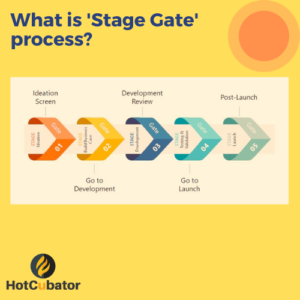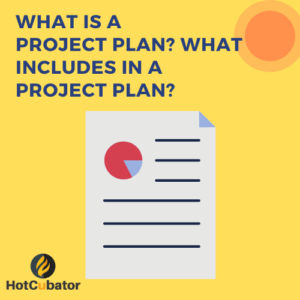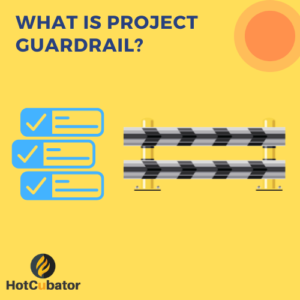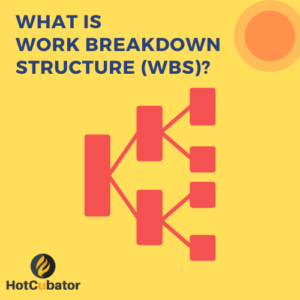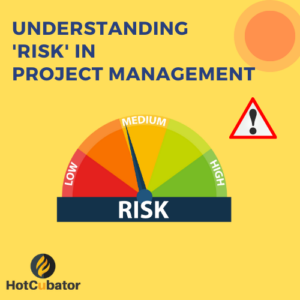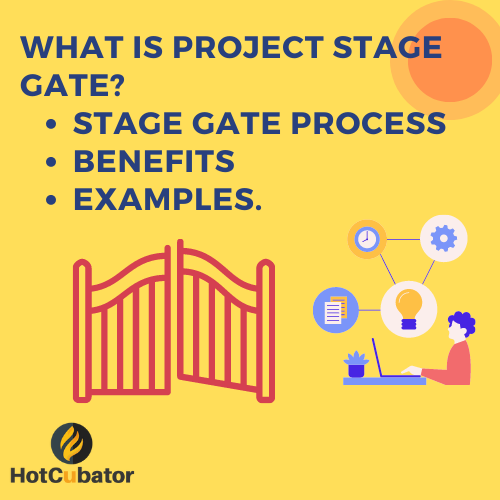
IF you are a Project Manager, you must know what a Project stage gate is. Project stage gate process is a management framework that involves breaking down a project into several stages, with each stage representing a significant milestone in the project’s development. At each stage, specific gates are set up to evaluate the project’s progress and determine whether it is ready to proceed to the next stage.
The stage gate process typically involves the following steps:
- Initiation: In this stage, the project’s goals, objectives, and constraints are defined.
- Planning: In this stage, the project plan is developed, including a timeline, budget, resources, and risk assessment.
- Execution: This stage involves the actual implementation of the project plan, including executing tasks and monitoring progress.
- Monitoring and control: In this stage, the project’s progress is monitored and controlled to ensure that it is on track to meet its objectives.
- Evaluation: In this stage, the project is evaluated against its original goals and objectives, and any necessary adjustments are made.
At the end of each stage, a gate review is conducted to assess whether the project has met its goals and objectives and is ready to move on to the next stage. If the gate review is successful, the project proceeds to the next stage. If not, the project may need to be modified, or it may be terminated.
The stage gate process provides a structured approach to project management, ensuring that projects are completed efficiently, on time, and within budget. It also provides a mechanism for early detection of potential problems and enables stakeholders to make informed decisions about the project’s future.
Benefits of Project stage gate:
The project stage gate process is essential for effective project management and has several benefits, including:
Improved project success rates: The stage gate process helps to ensure that projects are completed successfully by providing a structured approach to project management. It enables early identification and resolution of potential problems, reducing the risk of project failure.
Enhanced collaboration: The stage gate process encourages collaboration among stakeholders, including project team members, sponsors, and customers. By involving all stakeholders at each stage, the process helps to ensure that everyone is aligned on project goals and objectives, reducing the risk of miscommunication and misunderstandings.
Efficient use of resources: The stage gate process helps to ensure that resources are allocated efficiently and effectively by breaking the project down into smaller, manageable stages. It enables project managers to monitor and control the use of resources, ensuring that they are used in the most effective way possible.
Increased transparency: The stage gate process provides transparency into project progress and enables stakeholders to make informed decisions about the project’s future. By providing regular gate reviews, stakeholders can assess the project’s status and determine whether it is on track to meet its objectives.
Flexibility and adaptability: The stage gate process enables project managers to be flexible and adaptable in response to changes in the project’s scope, schedule, or budget. By breaking the project down into stages, it is easier to adjust the project plan as needed to respond to changing circumstances.
Overall, the project stage gate process is critical for effective project management, enabling project managers to manage projects efficiently, minimize risks, and ensure that projects are completed successfully.
Example of Project stage gate:
So, imagine you are a project manager for a building construction project. Here is how the stage gate would look like:
Stage 1: Initiation
Objective: Define the project goals, objectives, and constraints.
Gate Review Criteria:
- Clear project objectives and goals have been established.
- The site location has been identified and assessed for any potential issues.
- A preliminary budget has been established.
Stage 2: Conceptual Design
Objective: Develop the conceptual design for the building.
Gate Review Criteria:
- The conceptual design has been developed and includes site plans, floor plans, and elevations.
- The conceptual design meets the project objectives and goals.
- The conceptual design has been reviewed and approved by stakeholders.
Stage 3: Detailed Design
Objective: Develop the detailed design for the building.
Gate Review Criteria:
- The detailed design has been developed and includes detailed plans, specifications, and calculations.
- The detailed design meets the project objectives and goals.
- The detailed design has been reviewed and approved by stakeholders.
Stage 4: Pre-Construction
Objective: Prepare for construction.
Gate Review Criteria:
- Permits and approvals have been obtained.
- Contractors have been selected and contracts have been signed.
- A detailed construction schedule has been developed.
Stage 5: Construction
Objective: Execute the construction of the building.
Gate Review Criteria:
- Construction is being executed according to the construction schedule.
- Quality control measures are being implemented and monitored.
- Any issues that arise during construction are being addressed promptly.
Stage 6: Commissioning
Objective: Ensure that the building systems and components are functioning as intended.
Gate Review Criteria:
- The building systems and components have been tested and verified as functioning as intended.
- Any issues that arise during commissioning are being addressed promptly.
- The building is ready for occupancy.
Stage 7: Post-Construction
Objective: Close out the project.
Gate Review Criteria:
- All permits and approvals have been obtained.
- All contracts have been fulfilled, and all outstanding issues have been addressed.
- The building is operational, and stakeholders are satisfied with the project’s results.
- By implementing a project stage gate process, a building construction project team can ensure that the project is completed successfully, within budget, and on time. It also provides a structured approach to project management that helps to minimize risks and ensures that project goals and objectives are met.

